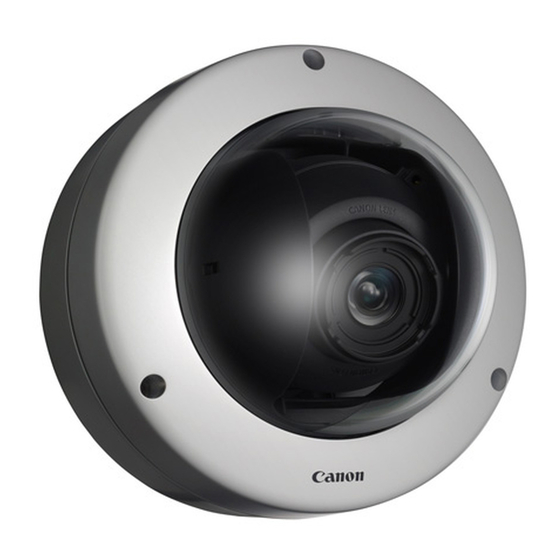Table of Contents
Advertisement
Quick Links
- 1 Preparing the Camera for Use
- 2 Set the Password, Date and Time, Camera Name and Video
- 3 [Network] Setting Administrator Password, Lan, Ip Address, Dns, Etc
- 4 Restoring Factory Default Settings with the Reset Switch on the Camera
- 5 List of Factory Default Settings
- Download this manual
See also:
Installation Manual
Advertisement
Table of Contents
















Need help?
Do you have a question about the VB-H43 and is the answer not in the manual?
Questions and answers